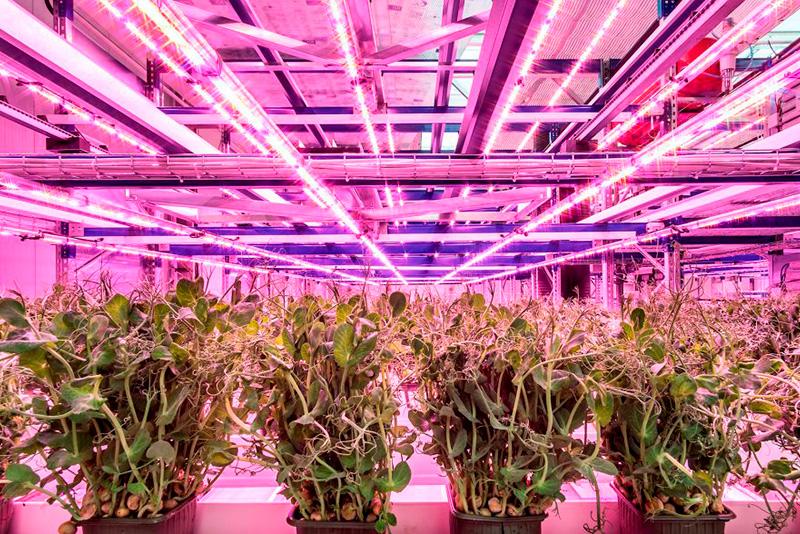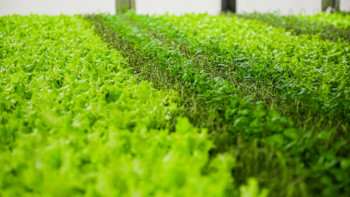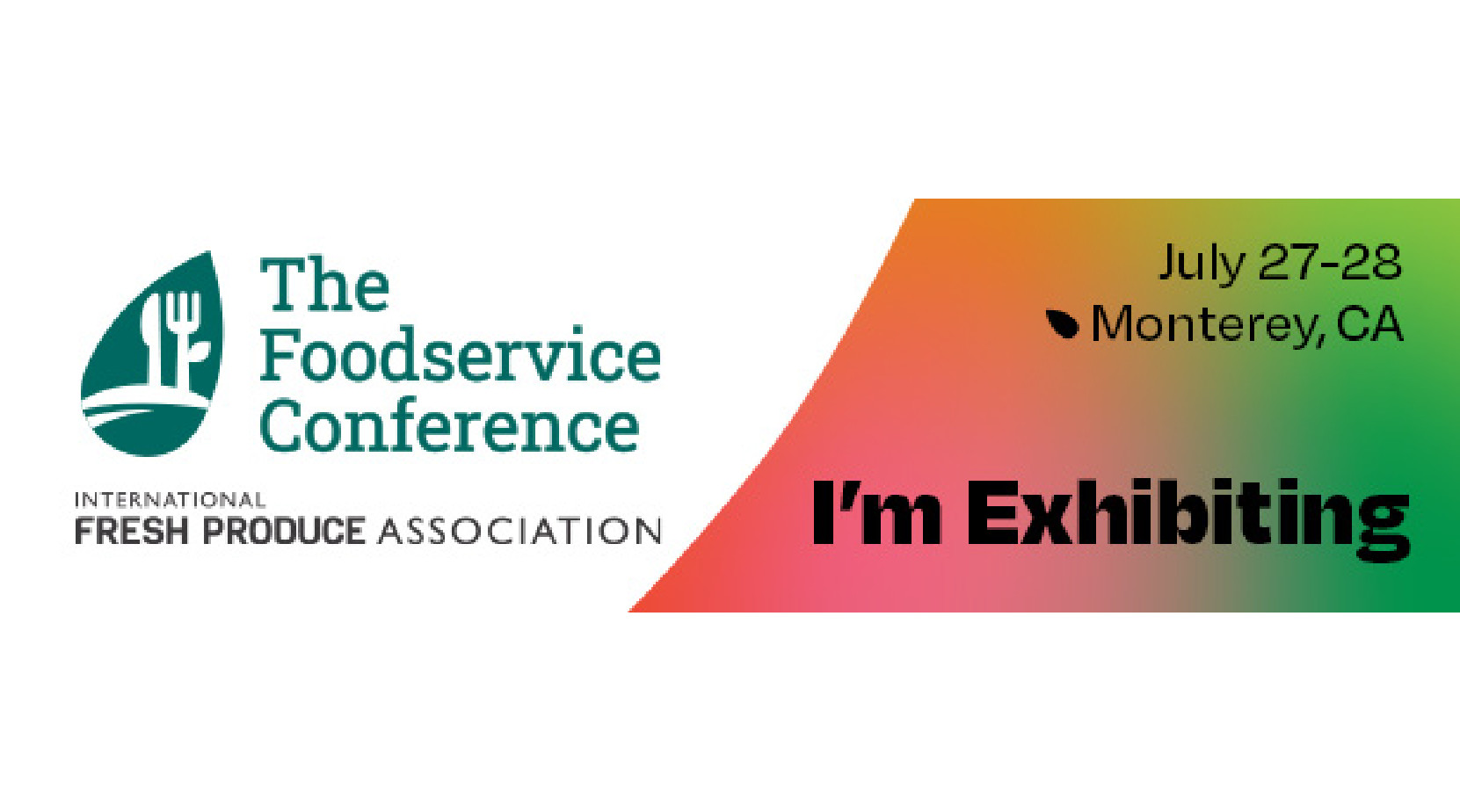Vertical farming is considered to be one of the answers to a variety of problems facing global food production. As a closed farming system, vertical farm is protected from extreme weather conditions, pollution and lack of freshwater resources. Thus, vertical farming makes cultivation possible even in areas where production of traditional vegetables and leafy greens is impossible and freshwater resources are limited. Even more importantly, it enables the production of clean and safe products to all consumers around the globe.
Vertical farming is an ecological and environmentally friendly way to produce food. The system enables sustainable and local production of clean vegetables, salads, herbs and to some extent also berries. Vertical farming aids the whole food production chain: cultivation, processing, transportation and consumer usage. With vertical farming, food’s journey from production facilities to tables is remarkably shorter, as the food can be produced and distributed within the local area. Global dependence can thus be reduced. For example, the leafy greens and herbs grown in Netled’s research and development facility in Pirkkala, Finland, are delivered twice a week to a local supermarket only two kilometres away. In this way, no produce is going to waste, and leafy greens will find their way to local homes without the need for extensive transportation.
Vertical farming increases productivity as well as quality
Vertically farmed products are not only a solution to self-sufficiency, the farming method helps to increase productivity and the quality of leafy greens and vegetables. In vertical farming, the growing conditions are created artificially, so they are always optimal. As the quality of products is improved, and the travel time and distance are minimized, the possibility for wastage due to poor quality is reduced to a minimum. Even more, vertically farmed salads, herbs and other leafy greens have proven to have stronger and more aromatic taste.
Vertical farming is possible with remarkably less energy. And the used energy – even two thirds – can be reused in the farming process. The use of growing area is also well-optimized. For example, in Netled’s Vera® Vertical Farm, there are over 40 % more plants in the growing area and even eight times more in the floor area than in similar open field or traditional greenhouse cultivation. This offers also wide possibilities for the local premises in which vertical farms can be situated.
Read more about our Vera® Vertical Farm >






